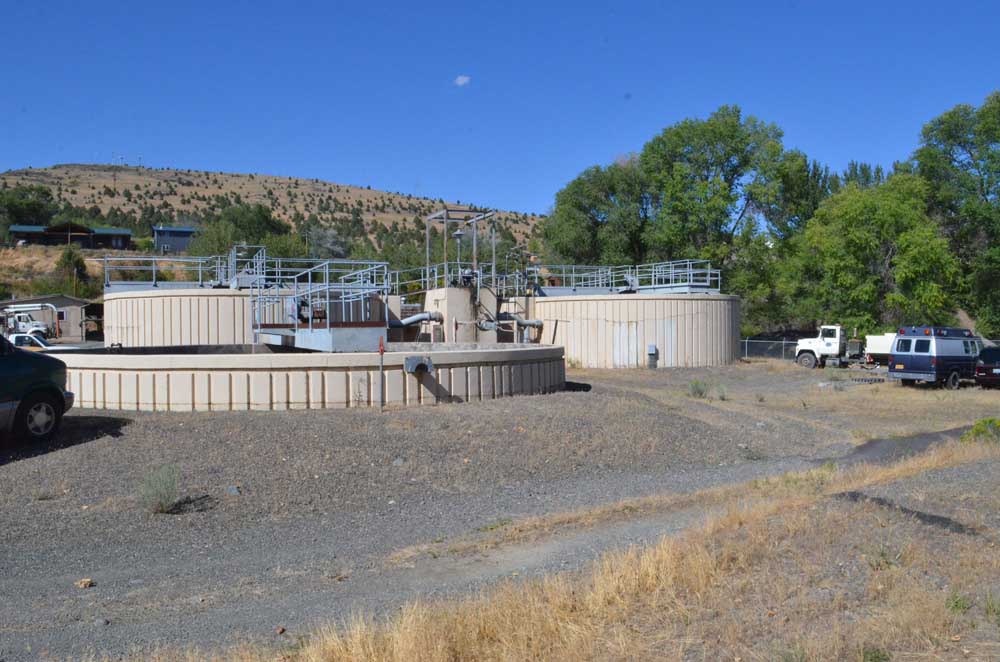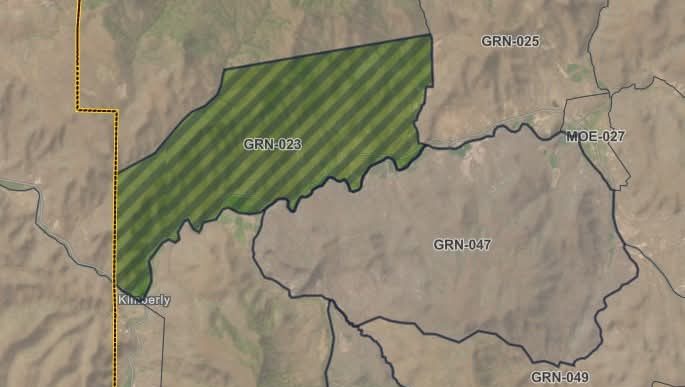Expert column: Responding to fear with action: COVID is wellness pressure test
Published 5:00 am Friday, June 19, 2020

- concept illustrating on the road the wellness and good health
PORTLAND — COVID-19 is the pressure test for wellness across all institutions and communities. The virus has brought with it the fear, anticipatory anxiety, loss of control and a sense of hopelessness that can undermine a person’s emotional and physical well-being over time.
Trending
Nowhere are these threats to wellness more vivid than for healthcare workers.
This reality moved Oregon Health & Science University officials to join forces with what had been multiple separate wellness initiatives to create a robust, comprehensive set of supports for OHSU community. In short, we followed the recommendations that, as caregiving professionals, we give to OHSU patients: We replaced fear with action to regain control and channel hope.
As the pandemic began gripping Oregon in March, the OHSU Emergency Operations Center put out a call to aggregate and organize wellness efforts across the institution. Veteran leaders like us, as well as students and redeployed workers, heeded the call.
Trending
We hope that the supports that we have built – through expanding existing resources – offer a wellness roadmap for other organizations:
Mental health counseling: We prepared professionals in OHSU existing counseling services for faculty, staff and students, made them visible to the OHSU community and highlighted their accessibility via telehealth visits.
Psychological resilience consulting service: Marshalling a team of psychiatrists, clinical and organizational psychologists, chaplains, nursing directors and social workers, we now offer consultation with individual OHSU leaders on ways to support well-being and resilience on their teams, including psychological first aid principles, organizational psychology practices and small group listening sessions.
Peer support: Two established programs (one for health care staff, one for School of Medicine faculty and residents) now provide peer-based intervention to reduce distress and promote wellness in the event of an adverse event and have been expanded to include providing peer support related to stressors of working in the midst of a pandemic and/or personal exposure to COVID-19.
Training: Expert faculty have built out guides and virtual training in best practices for grief management, suicide prevention, and 1:1 psychological first aid after learning from the research that group debriefing after trauma can be even more traumatizing as each individual is then subjected to the stress of others.
Wellness concierge phone service: We started a phone hotline to connect OHSU members with wellness resources – from crisis counseling to child care resources and financial advice. Medical students, sidelined from clinical rotations during the pandemic, jumped in to help triage the calls coming from all parts of the OHSU community.
Food and housing: Teaming up with local restaurants and vendors, including key nonprofit partner Front-Line Foods, OHSU coordinated delivery of single-serving meals, from pasta to sandwiches, for health care workers in the hospital. Prepared in licensed restaurants and foodservice kitchens, they are packaged individually for maximum safety.
Respite spaces: OHSU created three quiet and accessible spaces: two in the main OHSU hospital one in Doernbecher Children’s Hospital. Each space is open to all staff and offers opportunities to find a moment of calm, make use of tools for relaxation, pain relief and distraction. Snacks and bottle water or tea are also provided to refuel.
COVID-19 wellness website: OHSU created a website with vetted, best practices to support individual and family physical and emotional wellness, financial assistance, frontline staff and strategies for leaders to address wellness in their teams. The website has both locally and nationally produced content, with links to internal and external resources. Resource formats include webinars, apps, pdfs, videos and e-books.
Feedback and evaluation: Survey links off the wellness website, QR squares linked to feedback posted within frontline units, and a wellness pulse survey that went out institution-wide allowed a better understanding of community needs, what was working, and what needed to be changed.
It’s important to recognize that it is not only healthcare workers who need these supports.
Many of OHSU’s researchers in non-COVID areas suffered a tremendous sense of loss and helplessness as they put their life’s work on hold, while we emptied OHSU labs for employee safety and to reallocate personal protective equipment and disease-testing reagents to the hospital. Many of OHSU students, especially those graduating this year, not only had to step out of clinical rotations but are also missing the extremely hard-earned, in-person celebrations of their accomplishments.
The feedback we have received has been affirming:
An acute care nurse called the respite spaces “awesome,” and added, “It is inspiring to know that our leadership cares about us and is working to meet our needs.”
An internal medicine doctor wrote, “It’s been so nice to have the unified voice for wellness through all of this time… It has helped us all keep going.”
A frontline team leader said a listening session offered a chance “to learn from other leaders about how emotionally intense it was to manage their employees’ fears,” while also learning how teams have become closer and leaders even more aware of their team members’ strengths.
Now we are in a new phase of the pandemic: Through the simply courageous work and sacrifices of many, Oregon has flattened its curve of infection. Yet after that Herculean effort, feelings of exhaustion and disillusionment over the virus still being a threat to OHSU health and livelihoods are very real.
In some ways, this is an even harder time because it is more nuanced. But now is the time for increasing your sense of connection and purpose.
OHSU recommends:
Allow yourself to slow down and notice the moments of connection all around us in your family and in nature. It is often the loud dissonant negative stories and narratives that play loudest. Can you hear the quieter connections and moments of joy too?
Acknowledge the feelings of loss, frustration and worry that you may be experiencing and then try to slowly identify some new goals and regularly take steps toward them. A key part of working on being resilient is finding ways to still feel a sense of purpose and accomplishment — even in small ways.
Reflect on strengths you are discovering in yourself. Consider how to use those strengths in stressful situations and look for new ways of growing and finding meaning in this experience. Journal if that’s helpful.
If these strategies feel like too much to take on, that’s OK! Try reaching out to a friend or consider talking with a professional counselor via a telehealth session.
Remember how far we have come. We now know so much more about this disease and have learned clear practices to help protect ourselves. Community and government support for economic impacts are expanding. Many individuals and employers have found creative, safe ways to keep operating including working from home. And all of us have learned an indelible lesson in the immense power of communities that work together to thrive.









